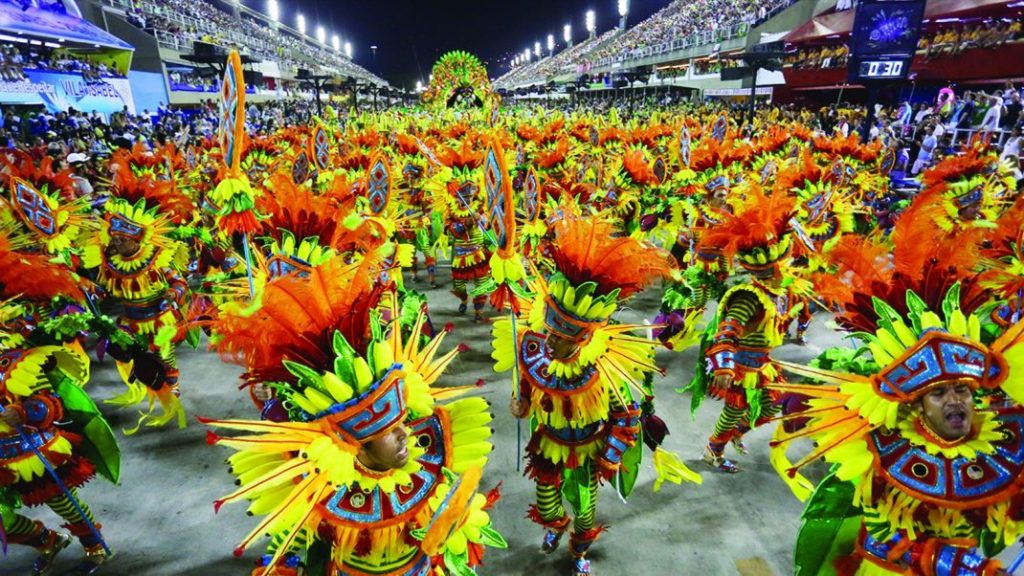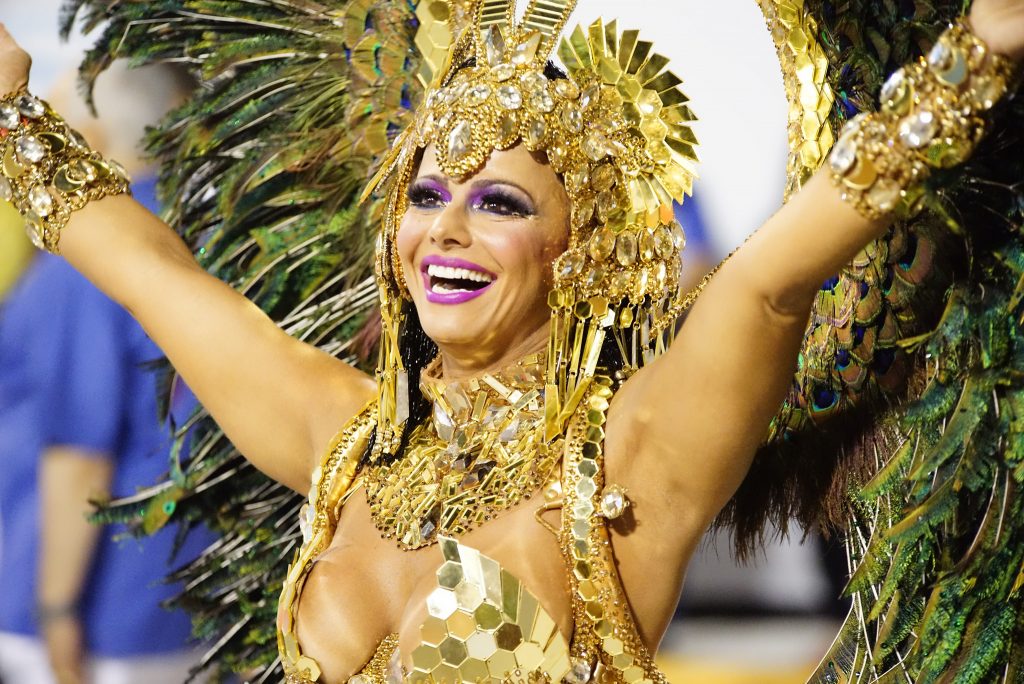RIO DE JANEIRO, BRAZIL – The 2020 carnival begins in January and will last for no less than 50 days in the capital of the state of Rio de Janeiro. The announcement was made by Riotur, the tourism company of the city of Rio de Janeiro, on Thursday, January 2nd.
As a result, the structure set up on Copacabana beach for the New Year’s Eve will not be dismantled and will serve as the stage for the celebration’s official opening, on January 12th.

The goal is to encourage the Brazilian and foreign tourists to remain in the city, particularly those who traveled for the New Year’s Eve celebrations – a record number of 1.7 million people.
The city expects at least 300,000 people to attend the celebration’s opening, which will include a concert by Bloco da Favorita and the final of the Royal Court contest, which will elect King Momo, the Queen and Princess of Carnaval.
“As we are focused on crowding the city with tourists, actions like this evidence and strengthen our vocation,” said the president of Riotur, Marcelo Alves. “The whole city will be busy with revelry so that we can break new records”.
On the occasion, Riotur will announce the official calendar for street block parties, one of the highlights of the festivities in the city.
The samba school parades at the Sambadrome will take place between February 21st and 24th. The parade of the winners, also at the Sambadrome, will be held on February 29th. The Carnaval will only end on March 1st.

The decision to extend the Carnaval came after the assessment that New Year’s Eve was a success. The open-air celebration hosted 2.9 million people on Copacabana beach alone.
A survey of 1,312 tourists who were in the city between December 26th and 31st showed that the city gained a very high average score of 8.7 on a scale of zero to ten. Visitors to São Paulo led with 29.6 percent, followed by Goiás with 14.1 percent and Rio Grande do Sul with 12.5 percent.
Figures from the Rio de Janeiro’s Accommodation Union show that hotel occupancy on New Year’s Eve in Copacabana and neighboring Leme reached 100 percent.

